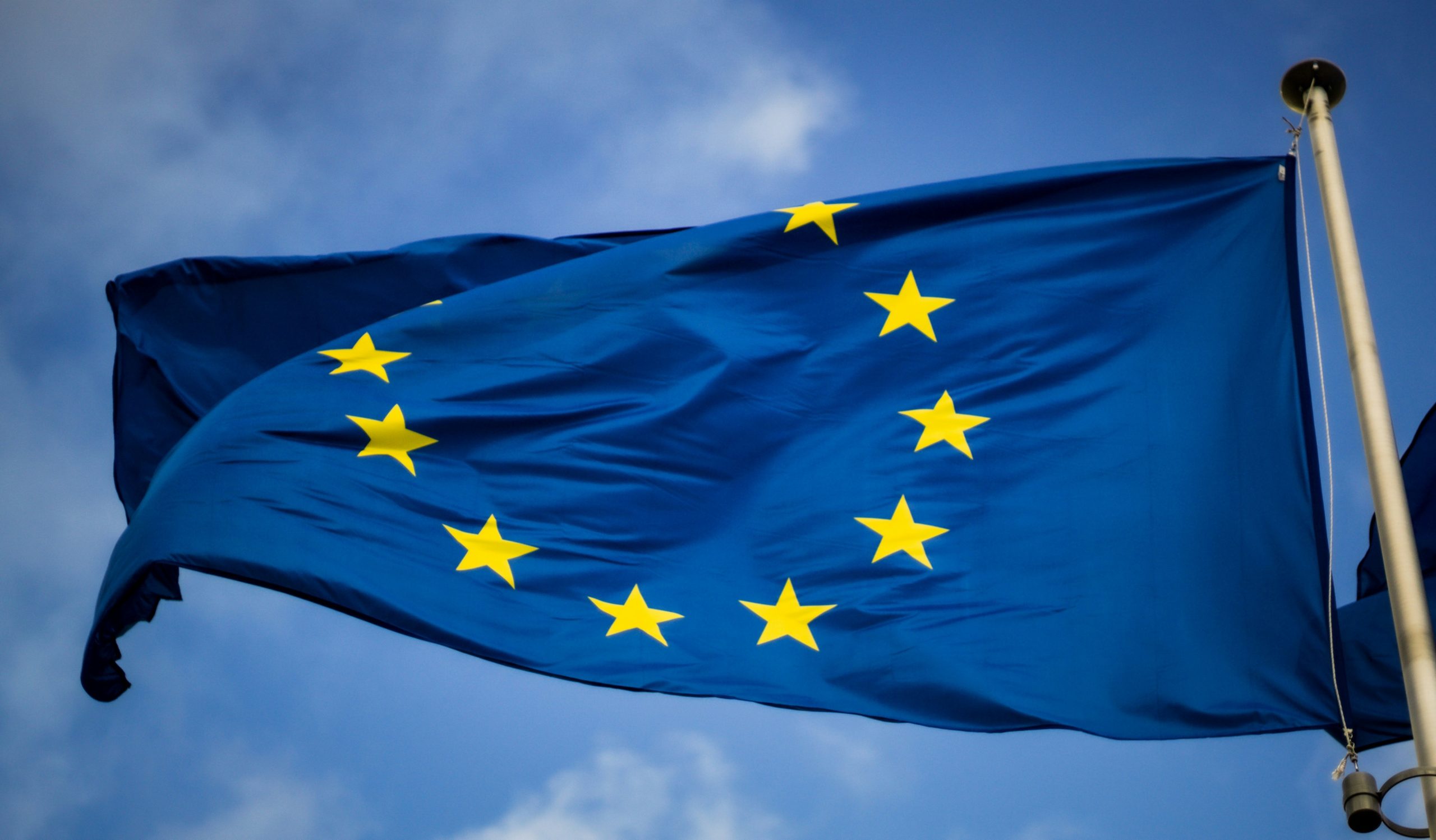Morocco to Dedicate One Million Hectares for Green Hydrogen Projects

The Moroccan government said, it will allocate 1 million hectares to green hydrogen projects, starting with 300,000 hectares in a first phase, as part of an offer to attract investors.
The initiative would help Morocco “play a major role in the field of energy transition globally,” the prime minister’s office said in a statement.
Morocco’s offer applies to integrated projects covering electricity generation from renewable energies and electrolysis, to the conversion of green hydrogen into ammonia, methanol and synthetic fuel, it said.
It also includes incentives to investors, the statement said, without offering details. The offtake would be both for export and for domestic use, it said.
Some 100 investors have already expressed interest in producing green hydrogen in Morocco, which has ambitions to capitalise on abundant sun and wind to accelerate its energy transition. Morocco aims for renewables to make up 52% of installed capacity by 2030 from 37.6% now.
Morocco and the future of green hydrogen
In the global pursuit of a sustainable energy future, Morocco emerges as a leader in the race towards green hydrogen, a sector poised to redefine the energy landscape. This North African nation, leveraging its renewable energy prowess, is positioning itself at the forefront of the green hydrogen revolution, promising a new era of energy independence and environmental stewardship.
Morocco’s journey to green hydrogen dominance is underpinned by its robust renewable energy sector. The country is already a frontrunner in solar and wind energy, with landmark projects like the Noor Ouarzazate Solar Complex and the Tarfaya Wind Farm. These initiatives not only demonstrate Morocco’s renewable energy capabilities but also lay the groundwork for its green hydrogen ambitions.
Strategic geographic advantage
Morocco’s strategic location, just a stone’s throw from Europe, places it in an advantageous position to become a major green hydrogen exporter. This proximity, combined with the country’s abundant renewable energy resources, makes Morocco an attractive destination for investments in green hydrogen production and export infrastructure.
Morocco offers new incentives for green hydrogen investors
Morocco has launched new incentives to attract investors in green hydrogen projects.
The Rabat government has allotted 1 million hectares (almost 3,900 square miles) of land for new projects as part of its “hydrogen offer,” the office of Morocco’s prime minister, Aziz Akhannouch, said in a statement.
The first phase involves making 300,000 hectares of land, divided into plots of 10,000 to 30,000 hectares, available to foreign and domestic investors wishing to produce green gas and its derivatives for export and domestic markets.
The offer applies to integrated projects covering electricity generation from renewable energies and electrolysis, converting green hydrogen into ammonia, methanol and synthetic fuel.
Morocco has adopted an aggressive renewables strategy and has been working on a national hydrogen initiative since 2022.
“Green hydrogen is expected to be a crucial energy carrier and one of the main enablers of the energy transition and sustainable growth,” said the government, adding that it could be a turning point for the Moroccan economy.
The government said that a hundred national and international investors have already expressed interest in the projects.
The Moroccan green hydrogen map shows the country expects a demand of up to 30 terrawatt hours by 2030 and 307 TWh by 2050, which would require 2 gigawatts of renewable energy.
The country will need $760 billion by 2050, for developments including infrastructure such as pipelines, ports, desalination plants, storage, and grid connections.
Leila Benali, Morocco’s energy transition minister, said last December that the country has been investing heavily to generate at least 7GW of its electricity from renewables by 2030.
Hydrogen gap
Thierry Lepercq, the Paris-based founder of HyDeal, a developer of mass-scale green hydrogen projects, said that Morocco was becoming a prime candidate to help address the so-called “European hydrogen gap”.
This is partly a result of its proximity to the region and its free trade agreement with the European Union.
“The EU has recognised that North Africa, with its unique combination of outstanding renewable energy resources and immediate proximity to Europe is key to its supply of competitive green hydrogen at scale,” Lepercq said.
Studies by the state-owned National Office of Hydrocarbons and Mines on the Morocco-Europe pipeline were also progressing, he said.
Morocco’s government plans to develop so-called “industrial acceleration zones” for the ecosystem around green hydrogen.
Byline: Raneem Alfahham

